In plumbing and industrial piping systems, valves play a crucial role in controlling the flow and direction of fluids and gases. When it comes to ensuring the durability and longevity of a system, the materials used to manufacture valves can make a significant difference. Whether dealing with a butterfly valve for water line, a manifold gas valve, or a three way gas valve, understanding how material selection impacts performance can help maintain system reliability and reduce maintenance costs over time.
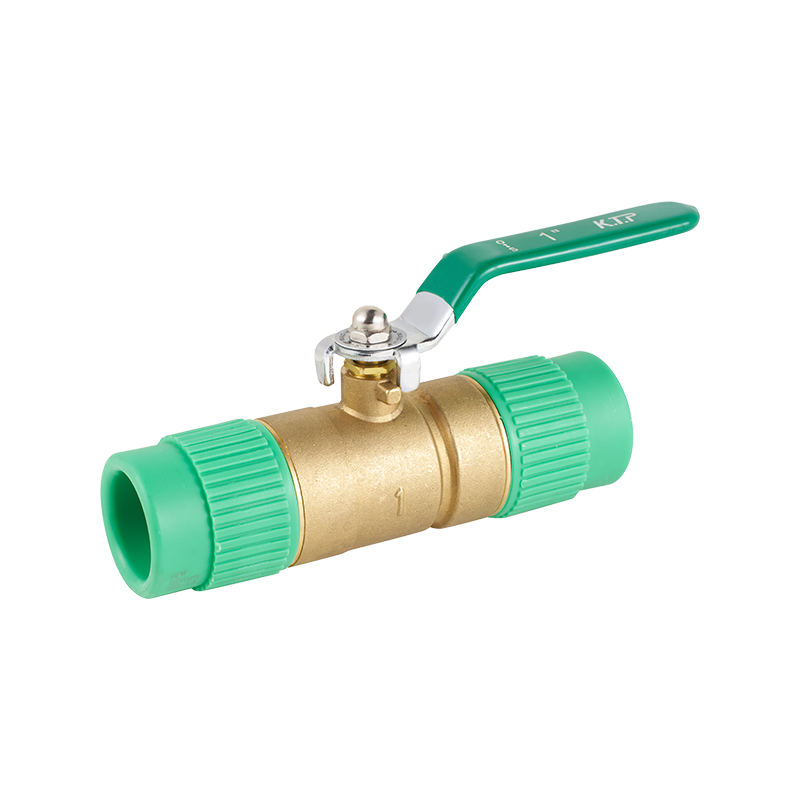
The butterfly valve for water line is a popular choice in water distribution networks due to its relatively simple design and ability to regulate flow efficiently. However, the longevity of these valves often depends on the materials used in their construction. For example, valves made from stainless steel typically offer better resistance to corrosion compared to those made from standard cast iron or carbon steel. This is especially important in water lines where exposure to moisture and varying water quality can accelerate material degradation.
In systems where gas flow control is necessary, valves such as the manifold gas valve and three way gas valve are commonly utilized. These valves handle different types of gases under varying pressure conditions, so their material makeup must withstand not only corrosion but also chemical interactions and pressure stresses. The choice between metals like brass, stainless steel, or specialized alloys can influence how long these valves operate effectively before requiring replacement.
One factor that affects valve longevity is corrosion resistance. For a butterfly valve for water line, corrosion can cause the sealing surfaces to deteriorate, pilot to leaks and operational failures. Valves constructed with coatings or linings such as epoxy or PTFE (polytetrafluoroethylene) can provide additional protection against corrosive water environments. Similarly, in gas systems, a manifold gas valve built from corrosion-resistant alloys helps prevent issues caused by moisture or chemical impurities in the gas stream.
Another important consideration is the mechanical strength of the valve materials. Valves like the three way gas valve, which often see frequent switching or directional changes, must be manufactured from materials that can endure repeated mechanical stress without deforming or failing. Metals with good fatigue resistance, such as certain stainless steel grades, are preferred for these dynamic applications. Using less suitable materials could advance to cracks or breaks in the valve body, negatively impacting the entire system's longevity.
Thermal resistance also plays a role in valve material performance. Both the butterfly valve for water line and gas valves like the manifold gas valve can be exposed to temperature fluctuations. Materials that can maintain their integrity under both high and low temperatures will extend valve service life. For instance, some plastics and polymers may degrade or become brittle with bad temperature changes, while metal valves tend to handle such conditions better, provided they have the right treatment or alloy composition.
Besides corrosion and mechanical stress, the compatibility of valve materials with the fluids or gases they control is essential. A three way gas valve used in natural gas applications needs materials that resist chemical interaction with hydrocarbons. Otherwise, the valve could degrade internally, affecting sealing and operation. Similarly, a butterfly valve for water line used in municipal water supply must comply with safety standards to avoid contamination or reactions with treated water.
Installation and maintenance practices also influence how long valves last, but these factors work ideally when the valve materials are inherently suited to their application. For example, valves such as the manifold gas valve with materials resistant to wear and corrosion tend to require less frequent servicing, reducing downtime. In contrast, valves made from less appropriate materials might experience faster wear, pilot to more frequent replacements or repairs.
The sealing materials used in conjunction with the valve body materials can also affect overall system longevity. For instance, the seat and seals in a three way gas valve need to complement the metal parts to provide reliable, leak-free performance. Elastomers like EPDM or Viton are often selected based on the chemical and temperature environment the valve operates in. Mismatched materials may cause premature failures even if the valve body itself remains intact.
In summary, the selection of valve materials significantly impacts the operational life of systems employing devices like the butterfly valve for water line, manifold gas valve, and three way gas valve. Corrosion resistance, mechanical strength, thermal stability, and chemical compatibility are key factors that determine how well a valve performs over time. Careful attention to these factors during the design and manufacturing stages helps ensure that valves can withstand the conditions they face, reducing maintenance needs and extending overall system longevity.
While valves are only one part of a larger piping or heating system, their durability affects the system's efficiency and reliability. Choosing the right materials for valves in water and gas applications is a practical way to promote long-term performance without unnecessary interruptions. Whether specifying a butterfly valve for water line or a specialized manifold gas valve or three way gas valve, understanding the role of materials remains a fundamental part of system design and maintenance.


 English
English русский
русский Español
Español عربى
عربى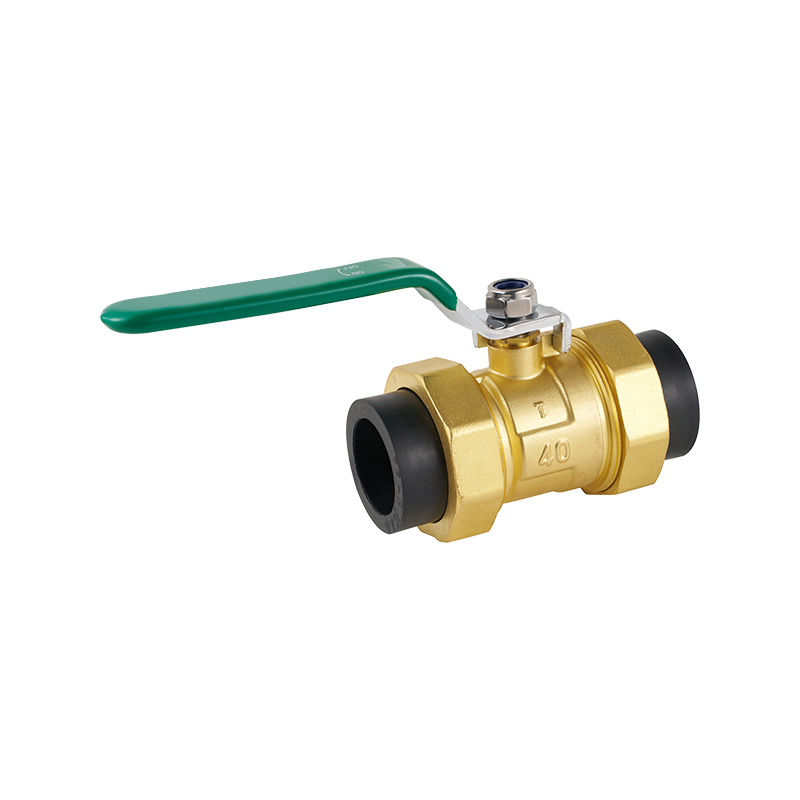
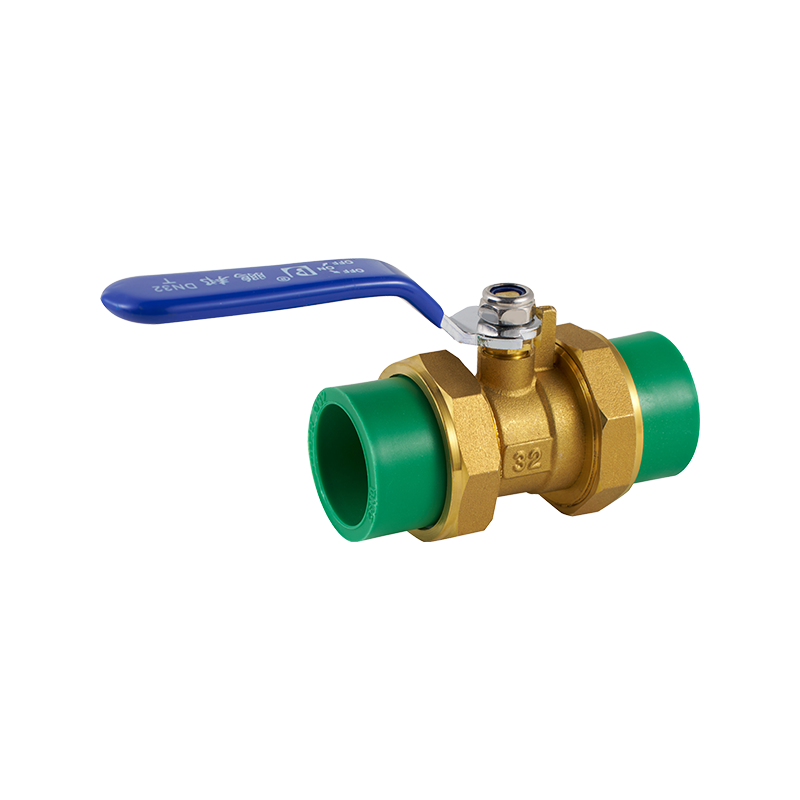

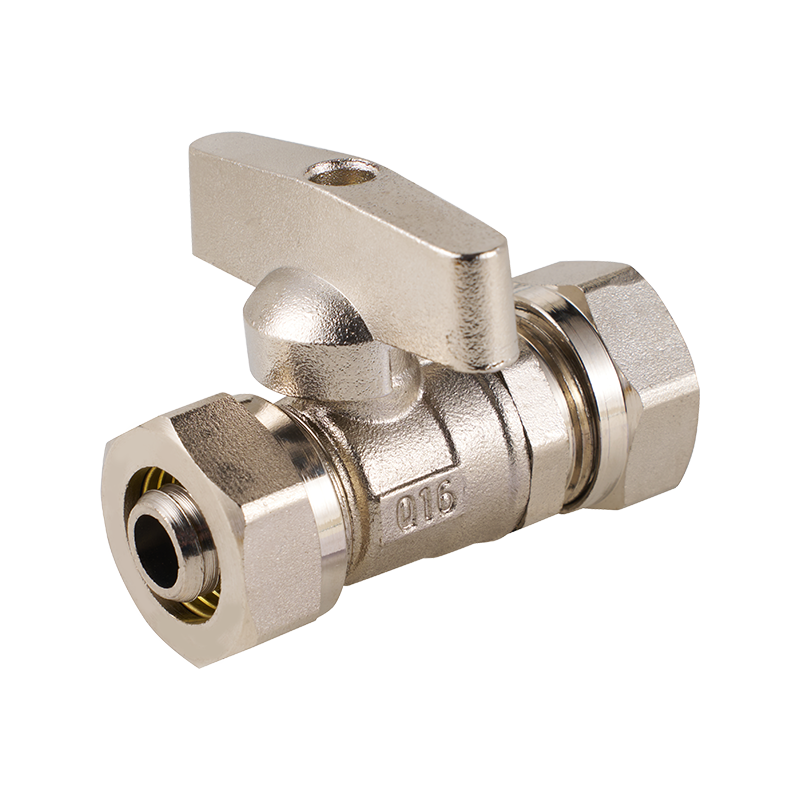
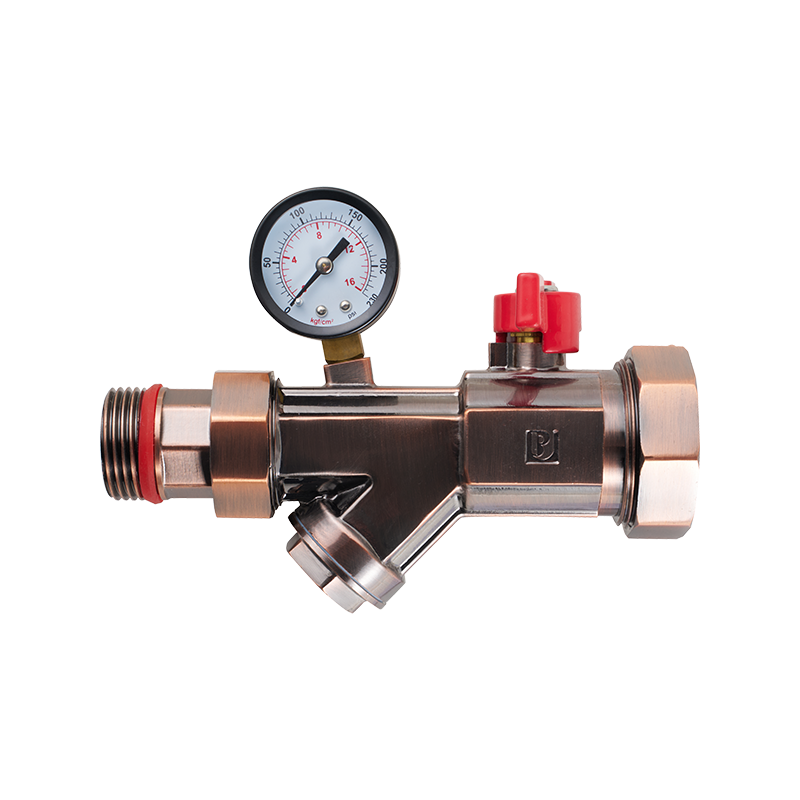


 CONTACT US
CONTACT US